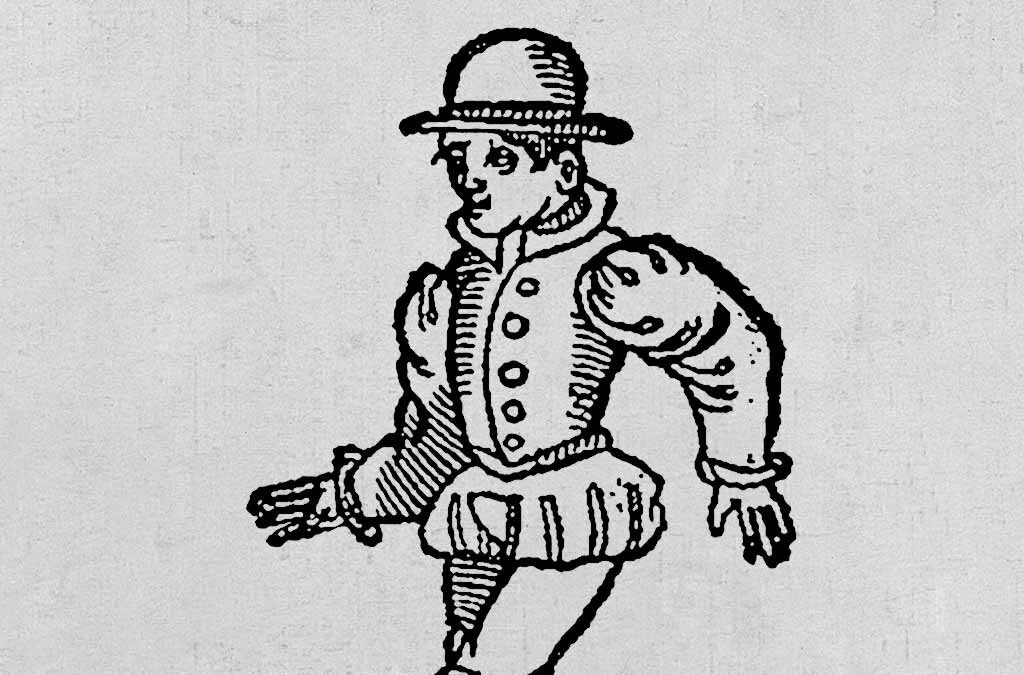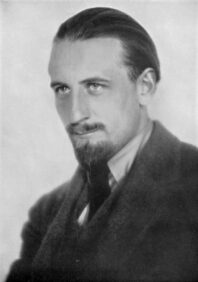Peter Warlock was a British composer and music critic who was well-known for his interest in and reinvention of early music, particularly Elizabethan and Renaissance styles, and was also recognized for his original compositions, mostly songs. He was also known for his colorful and bohemian lifestyle. Peter Warlock, born Philip Heseltine, adopted several pseudonyms, with “Peter Warlock” being the most famous. He chose this name to reflect his fascination with the occult, as “Warlock” implies a practitioner of witchcraft. For his music reviews, Heseltine also used other playful pseudonyms, including “Rab Noolas” (“Saloon Bar” spelled backwards).
His Capriol Suite, composed in 1926, evokes the spirit of Renaissance dance. The piece is based on tunes from Thoinot Arbeau’s 1589 Orchésographie, a manual of French Renaissance dances. Warlock reimagined these historic tunes, infusing them with his own flair and creating a work that feels both nostalgic and modern. Each of the suite’s six short movements is inspired by a different dance form.
The opening Basse-Danse sets the tone with its stately rhythms, evoking the grandeur of a Renaissance court and is followed by the haunting Pavane. The energetic Tordion (from the French “tordre”, meaning “to twist”) lightens the mood with its brisk tempo while the Bransles (from the French “branler”, meaning “to sway”) provides a rustic charm. The gentle Pieds-en-l’air (meaning feet in the air) offers a serene interlude with its dreamy melody, leading into the bold, high energy final movement, Mattachins (Sword Dance).
Originally composed as a piano duet, the Capriol Suite is most often performed by string orchestras. It’s a perfect piece for both musicians and audiences, blending ancient melodies with modern flair.
from Wikipedia
https://www.youtube.com/watch?v=IKKk_enIN4Y
Capriol Suite
Composed in 1926
By Peter Warlock







